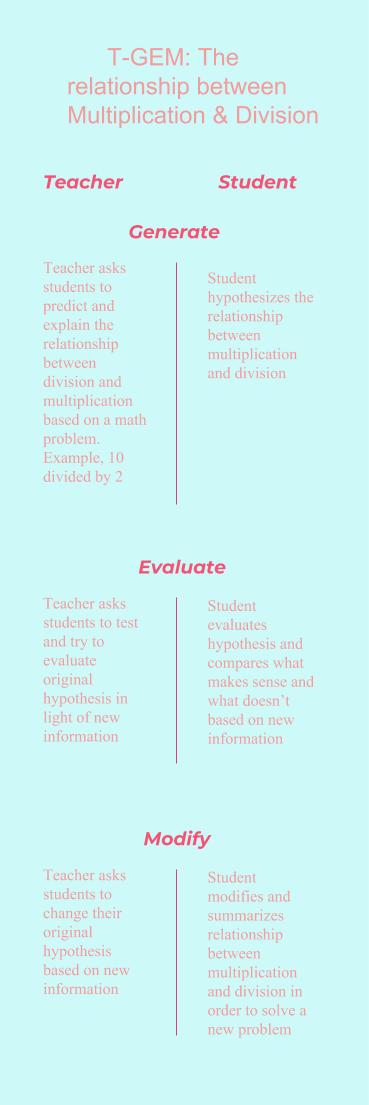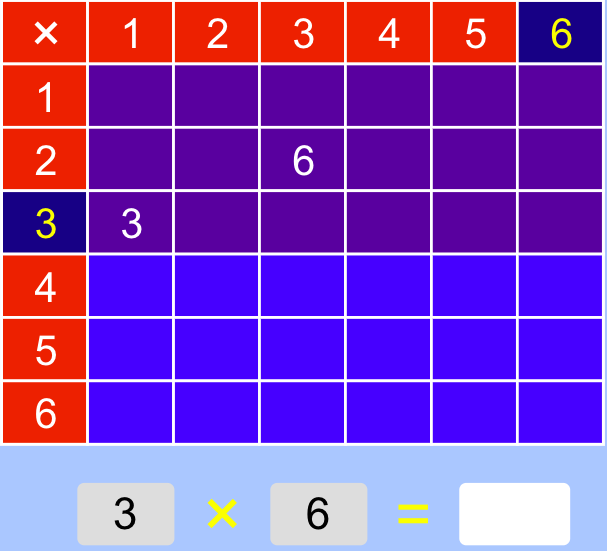For a moment, imagine a 1-m pendulum with a 500g bob on one end. The pendulum is given an initial starting angle of 20°. Which of the following actions will increase or decrease the period of the pendulum swing?
- Shortening or lengthening the length of the pendulum
- Decreasing or increasing the mass of the bob
- Increasing or decreasing the starting angle by 10°.
This is one of my favourite questions to ask a class of Physics 11 students in order to introduce pendular motion. While usually all students are familiar with pendulums, few have ever taken the time to evaluate how length, mass and starting angle affect its period.
In this lesson plan below, the teacher addresses pendular using a 3 step T-GEM cycle with their class:
Step 1: Bac kground content information
kground content information
Class discussion and traditional notes:
What is a pendulum? What are some examples?
How do they work?
What are the parts of a pendulum?
What is the period of a pendulum?
What is the frequency of a pendulum?
What variables affect a pendulum’s period?
- Length of the pendulum
- Starting angle of the pendulum
- Mass of the bob
- Force of gravity
Step 2: Generate
Students are asked to predict the relationship between a pendulum’s period and the mass of the bob. As the mass increases, what happens to the period? Think-Pair-Share: Students have 30 seconds to arrive a conclusion, share with a partner, followed by a short class discussion.
The teacher uses a real pendulum and students are asked to measure the time it takes the lighter and heavier bob to complete 10 cycles with their phones. Students arrive at the conclusion that the mass of the pendulum has no effect on the period of the pendulum.
Step 3: Evaluate
Students are asked to work in table groups to investigate: Why does the mass of the bob not affect the period of the pendulum?
Students will use pendulums at their table to arrive at their conclusion. Groups will then share out their understanding.
Students are asked to explore other variables that may have an effect on the period of a pendulum. Students will begin to notice that the length of the pendulum has an effect on the period.
Step 4: Modify
Students are asked to work in table groups to investigate: What is the relationship between length and period? (Linear, quadratic, exponential, logarithmic or other?)
Students run several tests in the following pendulum simulation to eliminate confounding variables. Students are asked to summarize the relationship by generating an equation that might describe the effect length has on period.
Step 5: Generate
Students are asked to predict the relationship between a pendulum and the gravitational field strength (g). How would the period change if the pendulum was brought to the moon?
The process repeats through a second GEM cycle.
Simulation
https://phet.colorado.edu/sims/html/pendulum-lab/latest/pendulum-lab_en.html
References
Khan, S. (2010). New pedagogies for teaching with computer simulations. Journal of Science Education and Technology, 20(3), 215-232.

